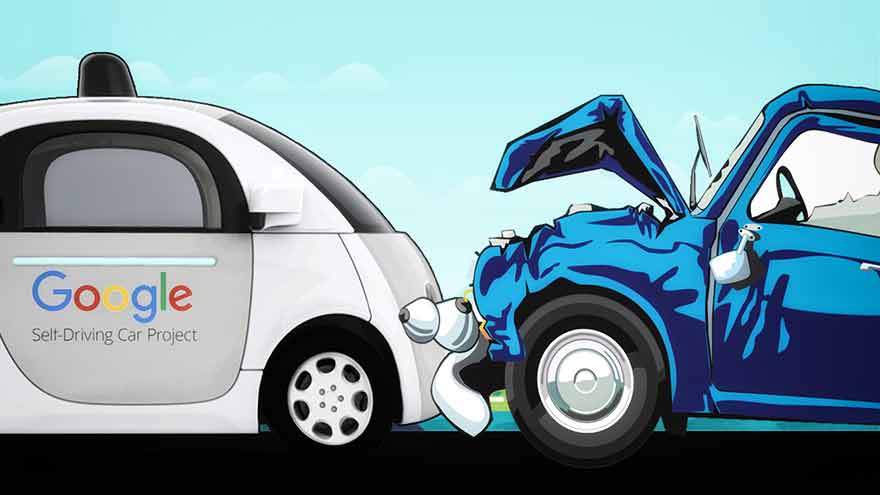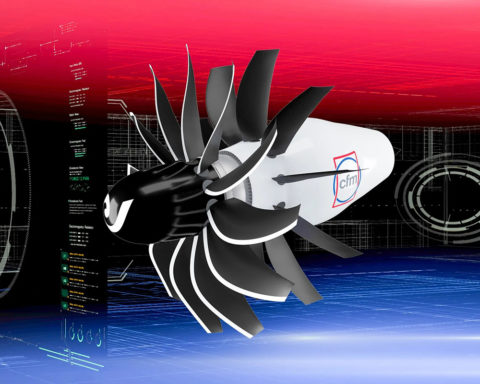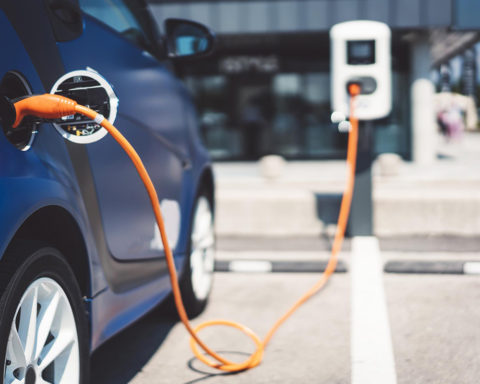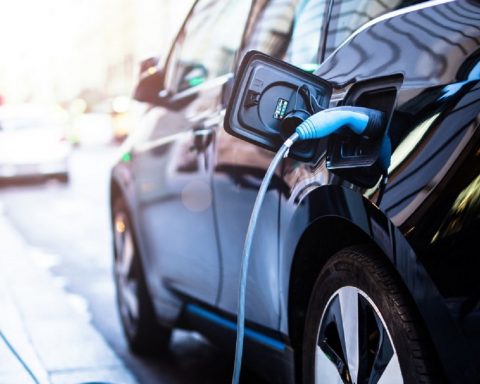Classical problem of misunderstanding

Question of liability

Moral dilemma

Will the driver's license be abolished soon?








Already registered? I'm connecting
Register and read three articles for free. Subscribe to our newsletter to keep up to date with the latest news.
→ Register for free to continue reading.

You have received 3 free articles to discover UP'.





